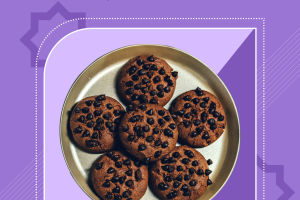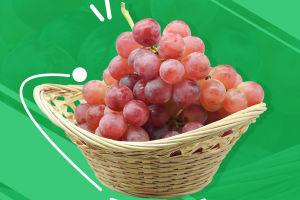Tea Around The World
Millions of people around the world drink tea for many reasons. Drinking tea is a tradition that's said to date back to 2737 BCE, when, according to legend, Chinese emperor Shennong found his hot water was greatly improved when a dried leaf fell from a plant into his cup. Since then, tea drinking has spread around the world, its recipes and preparations evolving along the way. Here’s how to enjoy a cup around the globe.
1. India
Tea is one of the most popular drinks in India, and it’s no surprise as the country produces and consumes more tea than anywhere else in the world. The national drink of India is called Chai, which is a black tea infused with flavours of ginger, nutmeg, cinnamon, pepper, cardamom and cloves. It has been popular for centuries and is the first thing offered to any guests. Chai sellers and vendors (known as Chaiwallahs) are a staple of the community, with their stalls which line the streets being a centre for gossip and news amongst the locals.
2.China
The traditional Chinese tea ceremony, Gongfu Tea is an incredibly detailed process, down to the elaborate designs on its small pot and cups. The ritual also involves a tureen, strainers, tongs, tea towels, a brewing tray, and "scent cups," which are used solely to sniff—not drink—the very strong and bitter brew. Guests are invited to smell the leaves before brewing. This is just the first of many steps, along with warming the cups with a wash of the tea's first brew. The second is drinking, and the tea will be ideally be poured by arranging the cups in a circle, pouring from high in one continuous motion, around and around until each cup is full. Guests are expected to cradle the cup—and its accompanying saucer if there is one—in two hands, to sip slowly and savor the flavor, and then cradle the empty cup to relish in the aroma after the tea is gone.
3.Japan
Japan is home to popular teahouses where Matcha is served. Matcha is prepared in the same way today as it was in the 12th century, and is essentially dried to the point where it can be ground in to a fine, bright green powder which is then made in to a drink. The tea is sometimes used as the basis of a traditional Japanese ceremony called Chado (“Way of tea”). This ceremony is a spiritual experience where the host may spend a lot of time preparing for all the correct gestures and movements required.
4. The American South
Sweet tea started out as a luxury item in the 1800s because ice, tea, and sugar were all very expensive. Now the saccharine drink is an iconic staple throughout the South. Sweet tea typically consists of iced black tea (although sometimes people use other types of iced tea) and a lot of sweetener, such as sorghum syrup or sugar.
5. Morocco
A mix of mint, green tea leaves, and a generous serving of sugar, Touareg tea (also known as Maghrebi mint tea) is the customary blend in this North African country. Poured from up high into slim, delicate glasses, it's served three times to guests. Each time the flavor varies slightly. Per the proverb: "The first glass is as gentle as life, the second is as strong as love, the third is as bitter as death." Refusing any one of these servings is considered the height of rudeness.
6. Thailand
Thailand is perhaps best known for delicious Thai iced tea, or ‘cha-yen”. It’s a drink which has become popular in Thai restaurants around the world and is made from strongly brewed black tea served over ice. Various aromatic flavours and spices are added including orange blossom, cinnamon, star anise and ground tamarind. The drink is sweet and floral, with a liquorice aroma. Cha-yen is perfect in blisteringly hot weather, or as an accompaniment to equally hot food!
7. Great Britain
Tea was introduced to England in the 17th century, but the iconic British tradition of afternoon tea took nearly another 200 years to catch on. In 1840, standard meal times placed lunch at midday and dinner late, around 8 p.m. or so. Anna, the seventh Duchess of Bedford, requested her household staff prepare a sort of mini-meal around 4 p.m., where tea and a selection of cakes or small sandwiches would be served. Her example inspired the upper class, and then spread across the country, spurring the proliferation of tea gardens where customers could enjoy tea and cake in a lovely setting. Today, tea is a major element of Great Britain's identity and day-to-day life.


